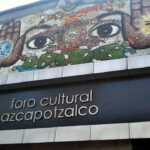
相近 0.38 kms.
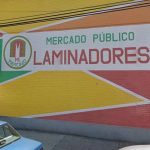
相近 0.56 kms.
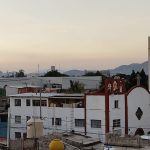
相近 0.66 kms.
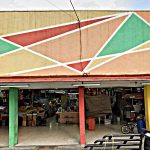
The public market in Azcapotzalco's colonia Nueva Santa María.
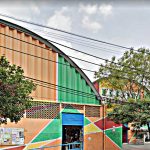
The neighborhood market in Obrero Popular, Azcapotzalco.
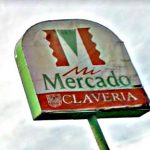
A neighborhood market in historic and quirky Clavería.
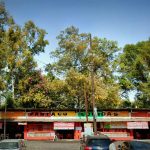
One of the great lunch markets in Azcapotzalco...
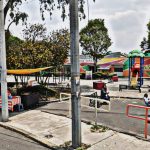
The main neighborhood market for the San Andrés Tetlanman neighborhood is one of the 25 original settlements of Azcapotzalco.